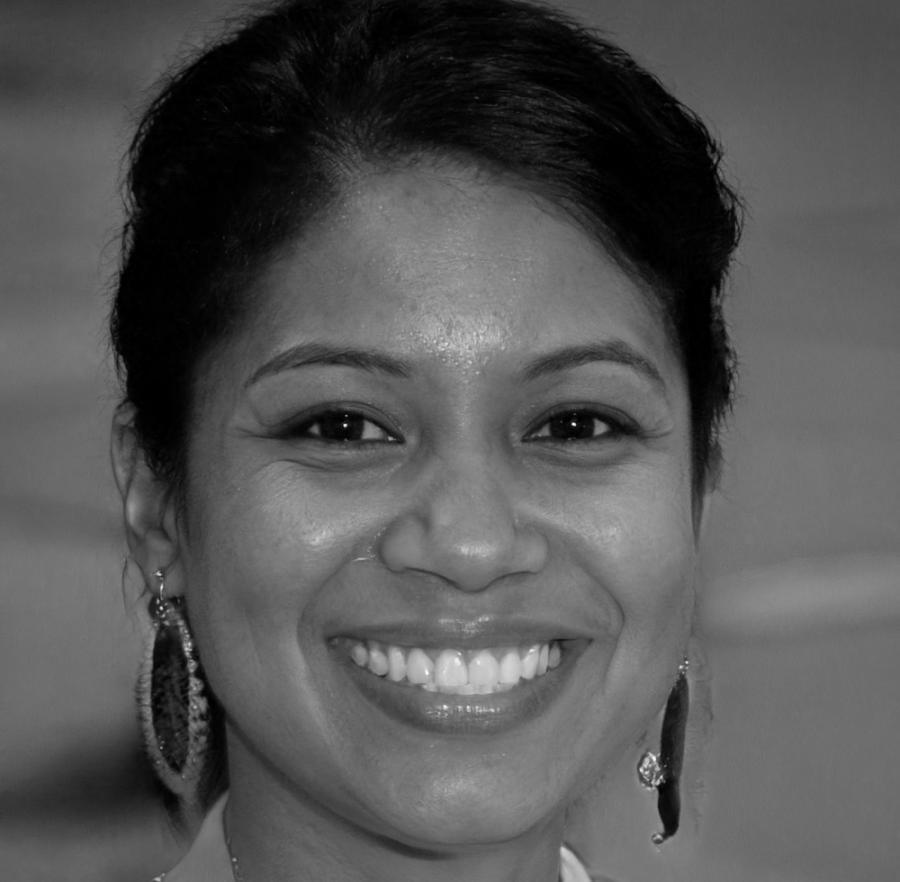Master Your Financial Future
Proven strategies and practical insights to build lasting wealth through smart multi-year budget planning
Start Your Journey
Building Your Budget Framework
Creating a multi-year budget isn't just about tracking expenses. It's about building a financial roadmap that adapts to your changing life circumstances while keeping you on track toward your goals.
-
1Start with your three-year vision. Where do you want to be financially? This becomes your north star for all budget decisions.
-
2Build flexibility into fixed categories. Even mortgage payments can change with refinancing or extra principal payments.
-
3Track seasonal patterns in your spending. Most people underestimate December and overestimate February expenses.
-
4Create buffer zones for each category. Real life doesn't follow perfect budget projections.
-
5Review quarterly, not monthly. Short-term fluctuations can derail long-term thinking.
Expert Perspectives
Real experiences from financial planners who've helped thousands of Australians build sustainable wealth

Sienna Kowalski
Senior Financial Planner

Astrid Brennan
Wealth Management Specialist
Strategies That Actually Work
These aren't theoretical concepts. They're battle-tested approaches that have helped real people navigate everything from career changes to market downturns.
The 40-30-20-10 Rule
40% essentials, 30% lifestyle, 20% savings, 10% opportunities. This ratio adapts to any income level and life stage.
Priority-Based Allocation
Fund your most important goals first, then distribute remaining income. This prevents lifestyle inflation from sabotaging your future.
Dynamic Rebalancing
Adjust allocations based on life changes, not market movements. Your budget should evolve with your circumstances.